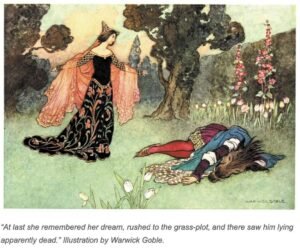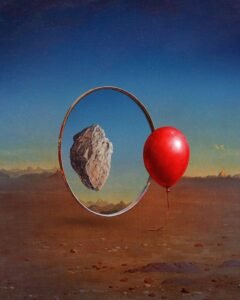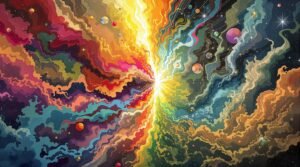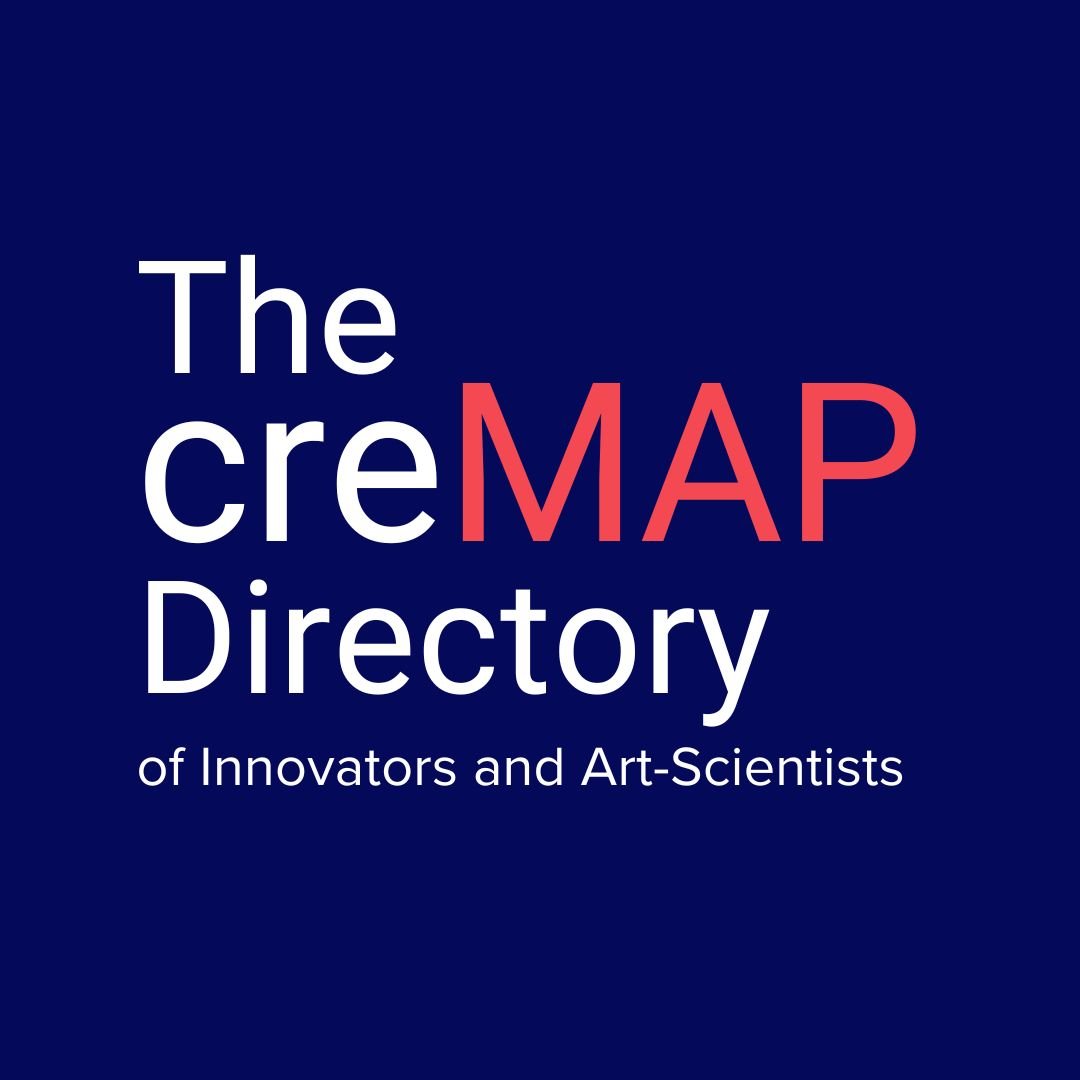Synergy in Art and Science
“Synergy is when you combine two elements and not only are they added together, but they amplify each other,” says artist and former astrophysicist Matías Gárate. “I feel that when you combine art and science… you can create projects that I don’t think would exist in another way.”
This idea of synergy, where logic fuels creativity and creativity sharpens logic, sits at the heart of Gárate’s work. His art is a study in visual paradox: impossible triangles, twisting staircases and perspectives that are both right and wrong. Through these designs, mathematics transforms into a language of curiosity, inviting viewers to pause and question what they see.
Originally from Chile, Gárate trained as an astrophysicist, specializing in planetary formation through numerical simulations. His research involved building controlled “worlds” in a digital environment, which became a foundation for his art. “We can study how a solar system forms and only include the ingredients we think it needs,” he explains. “In a way, my art is similar because I like to create these little worlds with their own set of rules… these paradoxical worlds… and explore how the characters I place within them live.”
His fascination with bending space began in childhood. At ten, his father showed him a Discovery Channel VHS about black holes. “I saw the animations of black holes, how spacetime got curved and how everything becomes counterintuitive and wonderful,” he recalls. “I wanted to learn how this works… and then it became almost constant in the back of my head.”
Years later, while pursuing a master’s degree, he used Blender, a 3D modeling software, to create outreach visuals for his research group. “That was my very first experience of making art from science,” he says. “But I felt it was an application of art to science, not a perfect blend.”
That blend came when mathematics itself became his creative tool. “I found out that I could use mathematics to create optical illusions and paradoxical figures… using everything I had learned to create art, both balanced at the same time.”
Building Paradoxes: A Mix of Intuition and Precision
Gárate’s process reflects a balance of structure and exploration. “Sometimes I start with the fundamentals of impossible figures,” he says. “But lately I’ve been sketching much more freely… finding where I can create contradictions.”
Mathematical accuracy alone, he’s learned, doesn’t guarantee a successful illusion. “It doesn’t really matter if you make a figure that is technically a paradox… it’s more important if the viewer can feel that it’s a paradox.” To help guide perception, he often adds narrative details, such as red lines, geometric elements or small characters, that subtly direct the viewer’s eye.
Yet, interpretation varies widely. “If I show a figure that is paradoxical to one person, they see it immediately,” he says. “Then I show it to another person and they ask, ‘Why is this a paradox?’” He’s sees no consistent link between age, background or expertise and the ability to see paradoxes. “It’s completely personal and probably involuntary… In the end, these illustrations are just a set of lines, angles, colors, and it’s up to us how to interpret them.”
Rethinking Mathematics as a Creative Language
Gárate’s work is a quiet challenge to how society views mathematics. “We often perceive it as memorizing a set of formulas… and solving predetermined problems,” he says. “But mathematics… has become a way of expressing concepts and ideas… a way to express three-dimensional space.”
He believes math education could spark more curiosity if students used mathematics as a medium for creation rather than just evaluation. “When we read a book, we can do a comprehension test, but we can also write an essay about it,” he says. “Math can be thought of in the same way… If we can move away from mathematics being just about right or wrong answers and focus on what we can create with it, then mathematics can be perceived as a creative language rather than a memorization of formulas.”
His art embodies this shift. Each piece is both a puzzle and an invitation. “The best feedback I’ve received is when people stop,” he says. “They squint their eyes, start figuring [it] out… In today’s era where we scroll through millions of images in half a second, the fact that people sometimes stop those few extra seconds… then I know that I succeeded.”
From Digital Designs to Physical Spaces
Though his art is primarily digital, Gárate is increasingly drawn to physical installations. He seeks to expand his work to 3D-printed paradoxes, tessellations and immersive rooms that disrupt perspective. “Even digital artwork is enjoyed the best when it’s in a physical space,” he says. “When we experience it with our own eyes, in our own space, then things become more real than on the screen.”
This transition echoes his scientific roots: just as numerical simulations once helped him understand planetary systems, his art invites audiences to engage with mathematical concepts through physical engagement.
Synergy in Motion
For Gárate, art and science are not separate paths but partners. His work demonstrates what happens when precision and imagination meet: paradoxes become tools for curiosity, mathematics becomes a language of storytelling, and creativity becomes a way of understanding the world. In an age of rapid consumption, his art invites us to pause, question and engage with logic in a way that feels alive.
Mathematical art and the larger art-science movement show us that intuition is not separate from logic but often its foundation. Gárate’s pieces illustrate this beautifully: each illusion is rooted in rigorous geometry yet designed to spark an immediate, instinctive reaction. Viewers may not calculate the angles, but they feel the tension and play in the shapes. This blend of instinct and precision reminds us that both art and science are creative pursuits at their core, fueled by curiosity and shaped by exploration. Through his work, mathematics escapes the page, becoming a space you can inhabit—an experience where intellect and imagination meet.
Gárate, M. (2025, July 29). Interview with Matías Gárate [Interview by N. John]. The Crearte Foundation.




